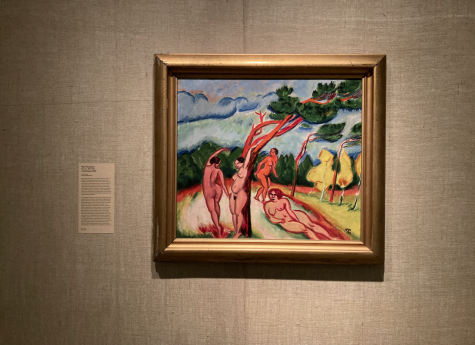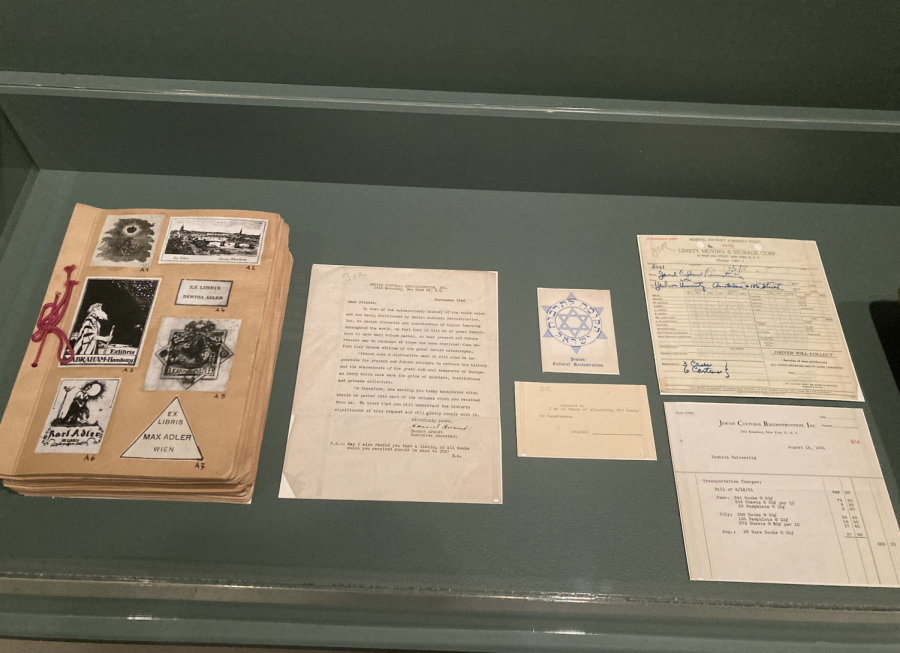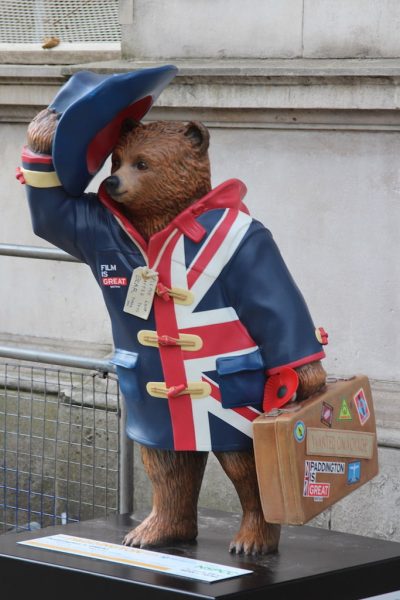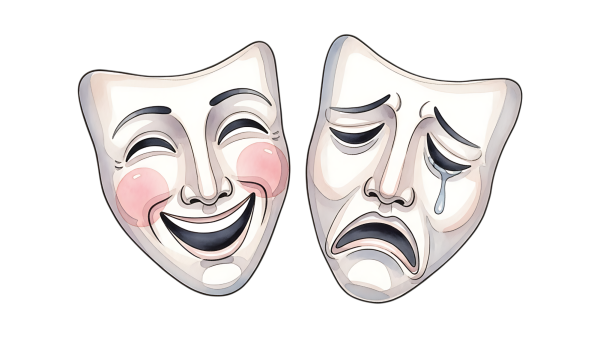A story of stolen art: The ‘Afterlives’ exhibit at The Jewish Museum
January 1, 2022
The Jewish Museum located on 1109 5th Ave is displaying paintings, photographs, drawings, pottery, literature, silverware and cultural Jewish objects that Hitler and the Nazi regime stole from their original owners.
In this small, but impactful exhibit, “Afterlives: Recovering the Lost Stories of Looted Art,” visitors will find that the majority of art in the exhibit are paintings. A 1911 painting by German painter Franz Marc called “Blue Horses” is prominently displayed in the front of the museum. The security guards do not allow visitors to take a photo of this painting.
However, visitors are allowed to take photos of other artwork displayed throughout the exhibit. There are many different artists and if you are on a journey to find Pablo Picasso’s work, there is a surrealist painting of his on the left side of the exhibit as visitors walk through the glass doors. This art piece is called “Group of Characters” and was created in 1929.
On the right side of the exhibit, guests will find a painting created in 2020 by Hadar Gad, an Israeli painter who works with postwar and contemporary art. This painting, “But the Books” captures the hatred that Hitler had towards literature as it powerfully depicts a stack of burning books.
The Nazis were infamously known for burning books in a heinous act of censorship. However, approximately 2.5 million books were recovered according to the Jewish Museum’s article about literature and art being stolen by Hitler. The literature can be viewed through the glass in the back of the exhibit. There is also a document on display written in September 1949 discussing the importance of having history recorded. The United States sent the books and this document to Jewish institutions and libraries with bookplates to express their importance. The museum gives visitors the opportunity to look at both the literature and art that was recovered.

Hitler believed that whatever he stole was considered “degenerate art,” especially artwork that was considered modern or anti-Nazi in nature. Roughly a million art pieces were recovered according to the article about this exhibit that the Jewish Museum made.
George Groszs’ painting “Approaching Storm,” created in 1940, was also on display. This piece expresses the catastrophe of the storm happening in Europe at the time. This German artist was an important figure in anti-Nazi art and is the founder of the Berlin Dada Movement.
The Dada Movement’s main goal was to push back against logic, reasoning and aestheticism in capitalism. It focused on expressing irrationality and protests. The movement acted as a form of communication and expression while Hitler reigned supreme over Germany. Many artists were forced to flee in an attempt to outrun the inevitable punishment that would be inflicted upon those who expressed anti-Nazi sentiments.
This exhibition will be on display until Jan. 9, 2022. Entry costs $18 for adults, $12 for seniors and $8 for students. Anyone under 18 can visit this exhibit for free, as well as members of the Jewish Museum. The museum is open Monday through Thursday, from 10 a.m. to 6 p.m. On Friday, they are open from 11 a.m. to 4 p.m., and are closed on Tuesdays and Wednesdays.
For tickets to this exhibit, “Afterlives: Recovering the Lost Stories of Looted Art,” click here.













